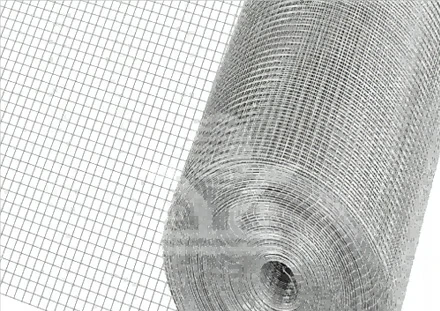The Significance and Applications of Prison Mesh in Modern Society
Prison mesh, a term commonly associated with both security and architectural design, has significant implications in the fields of construction and correctional facility management. This specialized type of mesh is utilized in the design and construction of prison facilities, providing a secure environment while maintaining visibility and ventilation. Understanding the features and applications of prison mesh can shed light on its critical role in enhancing the safety and functionality of correctional institutions.
One of the primary characteristics of prison mesh is its strength and durability. Typically made from high-quality steel or other robust materials, this mesh is designed to withstand various forms of physical stress and attempts to breach security. Its structure varies, but it often features small openings to prevent objects from being smuggled in or out, while still allowing air to circulate. This balance between security and comfort is vital in maintaining a humane environment for inmates, who often spend long periods within these facilities.
Prison mesh is also instrumental in facilitating visibility. The transparent nature of the mesh allows guards and surveillance personnel to monitor inmate activities without needing to physically enter the area. This enhances security by ensuring that any suspicious behavior can be immediately identified and addressed. Additionally, the use of prison mesh can promote a sense of openness and reduce feelings of isolation among inmates, which may contribute to a more stable and less volatile environment.
prison mesh

Beyond its primary function in correctional facilities, prison mesh has broader applications in other fields. For instance, its strength and resistance to vandalism make it an excellent choice for various types of fencing in industrial settings, schools, and parks. The ability to provide security while maintaining visibility makes it increasingly popular in urban environments, where safety is a significant concern.
Another consideration in the discussion of prison mesh is its role in the rehabilitation of inmates. A well-designed facility utilizing prison mesh can create a safer and more conducive environment for rehabilitation programs. By allowing for supervised interactions between inmates and staff, and by maintaining visibility, prison mesh can contribute to more effective behavioral management. This aligns with the modern approach to corrections, which emphasizes rehabilitation over mere punishment.
Furthermore, prison mesh can also be associated with sustainability. Many manufacturers offer eco-friendly variants of prison mesh, crafted from recycled materials or designed for longevity to reduce the need for frequent replacement. This contributes positively to environmental stewardship, aligning with the growing emphasis on sustainability in construction practices.
In conclusion, prison mesh is a critical element in modern correctional facility design and management. Its strong, durable characteristics ensure the security of inmates and staff while facilitating visibility and ventilation. Additionally, its applications extend beyond correctional facilities, promoting safety and security in various environments. As society continues to evolve, the implementation of prison mesh and similar technologies will play a significant role in shaping the future of architecture and public safety. The dual focus on security and the humane treatment of inmates underscores the importance of innovative solutions like prison mesh in creating environments conducive to safety, rehabilitation, and community well-being.
-
Why Galvanized Trench Cover Steel Grating Resists Corrosion
NewsJul.10,2025
-
The Versatility and Strength of Stainless Expanded Metal Mesh
NewsJul.10,2025
-
Load Calculations in Steel Grating Platforms
NewsJul.10,2025
-
Keeping Pets and Kids Safe with Chicken Wire Deck Railing
NewsJul.10,2025
-
Hole Diameter and Pitch for Round Perforated Metal Sheets
NewsJul.10,2025
-
Aluminium Diamond Mesh in Modern Architecture
NewsJul.10,2025
Subscribe now!
Stay up to date with the latest on Fry Steeland industry news.

